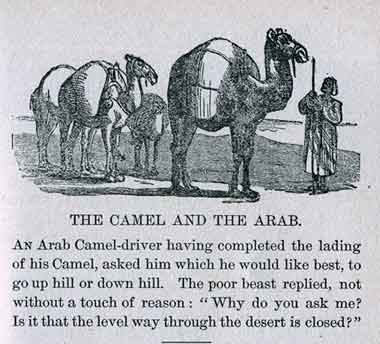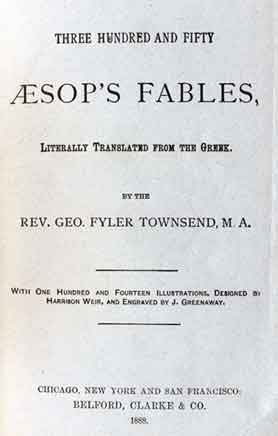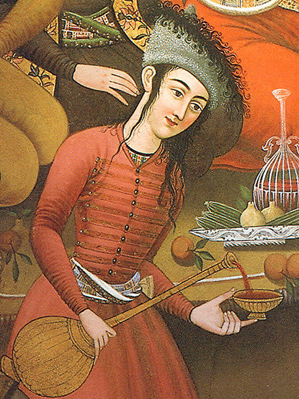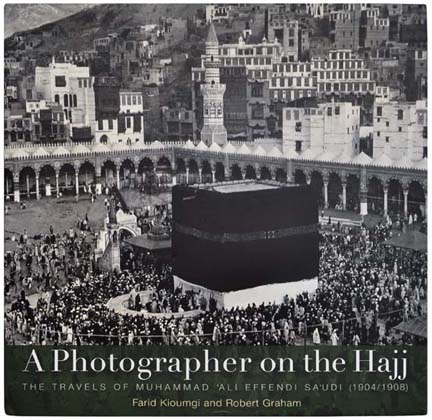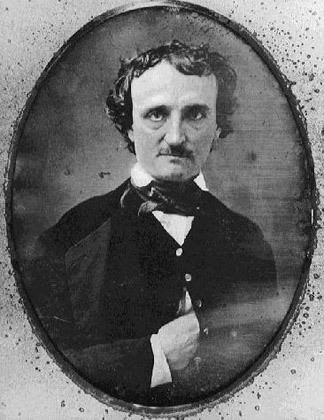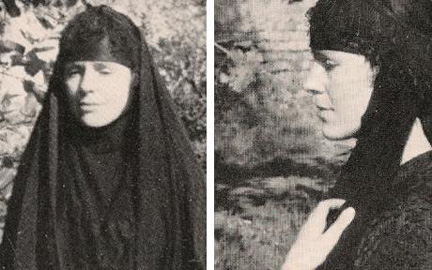
Elizabeth Warnock Fernea pictured wearing traditional tribal women’s dress of the southern Euphrates area. The headscarf with fringe is the asha, the chin scarf is the foota. These garments are worn under the abbaya or outer cloak Photo: KATHARINE RAMSAY
For many students and professors, the go-to text for Middle East ethnography for several decades has been Elizabeth Warnock Fernea’s Guests of the Sheik, still in print, about her life with anthropologist husband Bob Fernea in an Iraqi village during the 1950s. BJ, as her many friends knew her, went on to an academic career in several parts of the Middle East, producing books, articles and films of lasting value. Her passing in December, 2008 was a loss for us all. Now there is a short videography of her life available on Youtube. Check it out. And, if you have not read it in awhile or at all, get a copy of Guests of the Sheik and read it again or for the first time.
